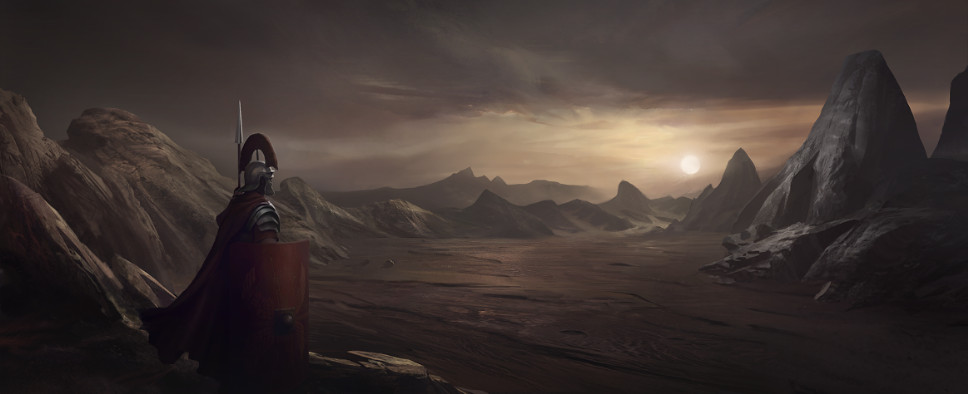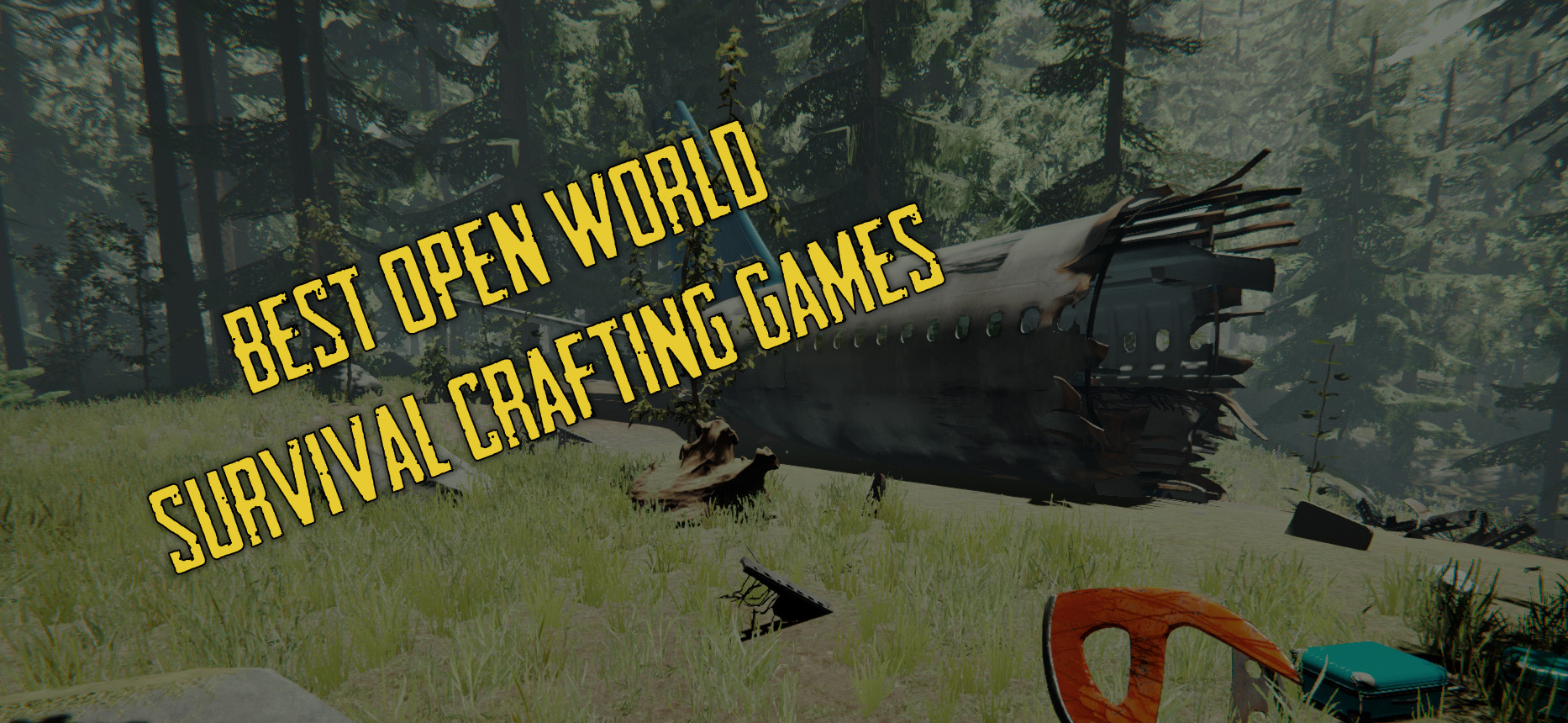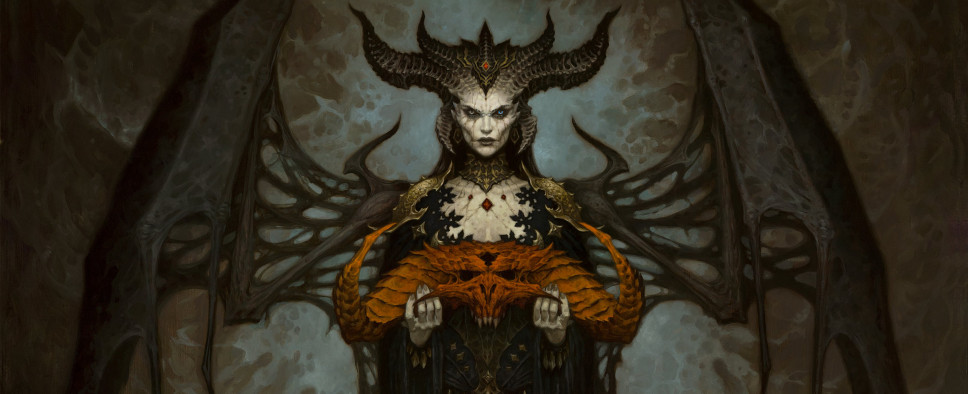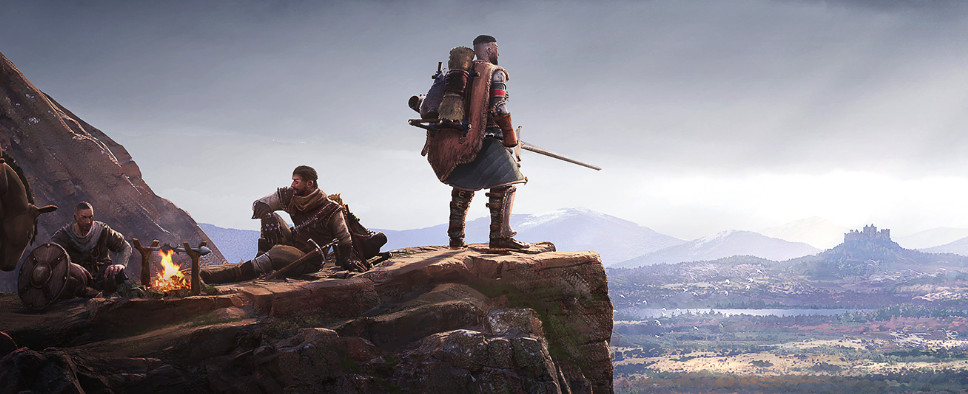Iron Tower Studio, the team behind The Age of Decadence and Dungeon Rats, has been working on their sci-fi Colony Ship RPG for roughly three years now. In the interests of transparency, and as a bit of inspiration for aspiring indie developers, the studio’s boss Vince D. Weller has put together this forum post where he looks back at Colony Ship’s journey so far and lists some sales figures.
2019 was a stressful, no good, very bad year. The loss of a friend and a team member who’s been with us since the beginning (2005) was a harsh, surreal blow, and it fell during the hardest phase of game development (hard enough even without such losses) where many indie projects (those not destined to make it) falter and fail.
Anyone who’s ever followed such projects knows how it usually goes: Year 1 – making bold promises, proudly showing concept art, weapon models, the main menu (the most important part of a game, no doubt), etc. Year 2 – the first playable, barren like a desert, noticeable drop in the team’s enthusiasm, the first wave of volunteers leaving the project. Year 3 – the grim year(s), progress slowing down to a crawl, waning support (the crowd that cheered every time a new weapon or vehicle was posted is less enthusiastic about vital but invisible things like pathfinding, functioning inventory, and object classes), more and more people leaving until only 2-3 guys remain, at which point the project enters the state of suspended animation and stays there until someone makes the final announcement.
We had a couple close calls with AoD and CSG, but we made it through our first game and we’re over the hump of our second full-scale game. The purpose of this update is to take you backstage and walk you through the whole process. Maybe it would even help teams ready to throw their hats into the RPG ring prepare for the inevitable challenges ahead. Without further ado, here’s a recap of how those last three years have gone for Colony Ship:
Year 1 was about Dreaming Big:
– Designing the systems (character, combat, inventory, stealth, dialogue, etc) and mapping out the storyline in broad strokes (branching main quest, locations, factions, and key players)
– Developing tools and editors, adjusting the engine to our RPG needs, building the foundation: animation system, character and item classes, grid and pathfinding, switching levels, basic AI so that combatants would know what to do, etc.
– Defining locations (concept art) and creating art assets based on the concept art (mainly time-consuming 3D models: weapons, armor, level props).
While “dreaming big” takes a backseat to far nobler tool-making, the former defines the latter and affects it in every imaginable way, making changes in Year 3 nearly impossible (without redoing half the systems).
Last year we received three publishing inquiries, one from a well-known company, which means that our humble efforts, completely ignored by the media, weren’t overlooked by publishers. To be honest, I have the same reaction to a publisher reaching out as a medieval peasant to the devil tapping him on the shoulder and inquiring if he’s in need of any assistance. Such a deal comes with limitless and exciting opportunities to get screwed, so usually I decline politely just to be on the safe side.
Among other things, the publisher offered to test our design theories (via focus groups and market research) to see if that’s what the market really wants and was surprised to hear that our ‘business model’ (for the lack of a better word) is to work our butts off for 3 years on a faint hope that our target audience would actually like it. It *is* a gamble and we were far from certain that the players would like the combat system. Tweaks and improvements are to be expected, of course, but radical changes would be nearly impossible.
The point of this story is that the design done in Year 1 sets the course for the next 3-4 years and you end up betting on a favorable outcome without any certainties. Who wouldn’t want to be an indie game developer?
Anyway, by the end of Year 1 we were right on schedule with a very rough first level and a character wearing prototype clothing and armor just to test the concept[…]
Year 2: the First Playable
It takes a lot of work as you need a lot of building blocks: character and combat systems, weapon models (armor can wait but weapons can’t as they need to properly fit the combat animations), combat AI, animations (not all of course but enough to get the ball rolling), interface, dialogue system, lootable corpses, icons, and tons of small things.
The end result looks something like this[…]
The main structure is there but it will need a whole lot of work before anyone would call it a house. We got the first playable by the end of 2018. It had tons of placeholders but it was working surprisingly well (we did learn a lot from AoD) and we could finally play the game and see the mechanics in action.
In comparison it took us 3.5 years to get to this stage with AoD (when we posted the first combat video). We got there in 2 years this time around with a new and much more complex engine, but having two programmers and a dedicated 3D artist (not to mention experience) helped speeding things up.
In the future, we can probably shorten this phase to a year or year and a half, since we will have all the tools and editors, working knowledge of the engine, and all the systems. Unreal 4 is a great engine, even for a small team like ours, and it does many things in much better way than our old engine, so hopefully, we’ll never have to switch engines again.
Year 3: The Long Slog.
Year 3 is about turning the first playable into something resembling a game other people might enjoy. It may sounds like fun but the list of things you need is endless and the pace gets slower and slower since tasks get more and more complex. To illustrate, it took 4 weeks to do 4 jackets since they go on top of the ballistic vests and some armguards can be worn on top of the jackets, so there are all kinds of clipping problems to solve. Would the players appreciate such attention to details or file it under ‘meh’? Fuck if I know.
Roughly, that was our development speed this year: each item on the list took about a month. 12 months – 12 development items per category (programming, animations, assets, etc). Equippables, necessary GUI improvements such as targeting, combat gadgets, feats, dialogue working fine in the dev build but refusing to start in the first Steam build (Nick had to rewrite it from scratch – another month), and so on and so forth.
Progress generates enthusiasm, visible progress generates support from your audience, so ideally you need both, yet there inevitably comes a time (a long stretch) when visible progress all but disappears (we spent a year and a half on the combat system and posting the arena screens got old pretty fast) and invisible progress slows down to the aforementioned crawl. Months go by, tasks are slowly getting off the to-do list, yet the game looks and feels about the same. That’s when everyone’s sanity and the team’s integrity are getting thoroughly tested. That’s when Ivan died.
It’s still hard to talk about Ivan’s death and even harder to think about it, so I won’t as I don’t really know what to say and how to process it. So we push forward and focus on work because it’s easier.
With his 14 years of hands-on experience, 3 years with Unreal 4, there was very little he didn’t know or couldn’t do. Finding an animator to fill in the gaps left by someone else is never an easy task, especially on a short notice. It threatened to become a major project that could have easily taken well over a year. In the end we got lucky, the work resumed, and we were able to start beta-testing the combat beta in Jan 2020.
Originally, we hoped to start combat beta in the spring of 2019 to test the mechanics and add bells and whistles as we go, but Ivan got ill and the plans got derailed as we didn’t have all the animations and wearables (body armor, jackets, coats, helmets, goggles, respirator and gas masks, hair styles). There’re only so many placeholders a player can tolerate in the initial public offering.
In comparison we started testing AoD arena demo without half the features including players’ favorite save/load so they had to ironman the whole thing for the first few months. Overall, it took us 5 years and 8 months to get to the combat demo stage, so we’re still ahead.
Sales numbers:
The Age of Decadence:
2013-2014 (Early Access & Direct Pre-Orders): 13,124 units – $320,157 – $24.39 avg.
2015: 20,771 – $472,869 – $22.76
2016: 48,798 – $620,914 – $12.72 (50% discount is introduced in March)
2017: 43,808 – $293,714 – $6.70 (75% off on sale events throughout the year)
2018: 27,121 – $151,786 – $5.60 (reduced the base price from $29.99 to $19.99; 60-80% off sale events throughout the year)
2019: 24,141 – $86,794 – $3.59 (reduced the base price to $14.99; 66-75% off throughout the year)
Including 48,039 copies solid in Fanatical bundles, we sold 225,802 copies.
Dungeon Rats:
2016: 13,442 units – $85,383 – $6.35 avg.
2017: 17,951 – $89,720 – $4.99
2018: 13,152 – $44,453 – $3.38
2019: 10,738 – $28,456 – $2.65
Including 26,209 copies solid in Fanatical bundles, we sold 81,492 copies. Obviously, the $115k our games generated in 2019 isn’t a lot of money to support the team of six plus 4 contractors, but Early Access is within reach now, so we should be able to make it without getting in debt.





